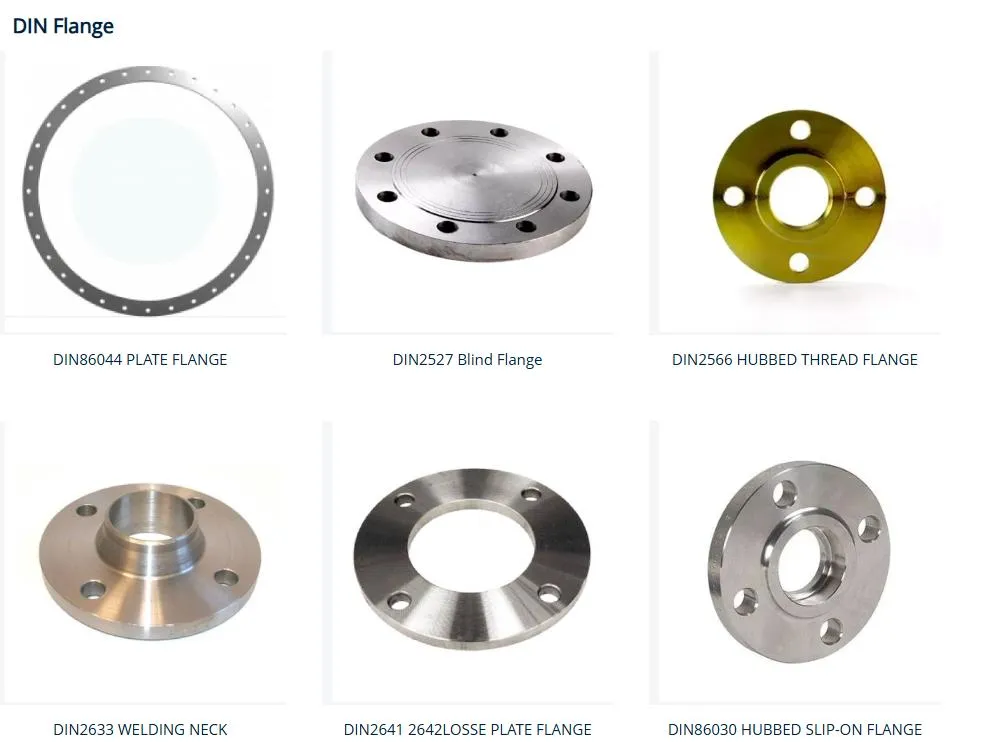-
Cangzhou Yulong Steel Co., Ltd.
-
Phone:
+86 13303177267 -
Email:
admin@ylsteelfittings.com
- English
- Arabic
- Italian
- Spanish
- Portuguese
- German
- kazakh
- Persian
- Greek
- French
- Russian
- Polish
- Thai
- Indonesian
- Vietnamese
- Zulu
- Korean
- Uzbek
- Hindi
- Serbian
- Malay
- Ukrainian
- Gujarati
- Haitian Creole
- hausa
- hawaiian
- Hebrew
- Miao
- Hungarian
- Icelandic
- igbo
- irish
- Japanese
- Javanese
- Kannada
- Khmer
- Rwandese
- Afrikaans
- Albanian
- Amharic
- Armenian
- Azerbaijani
- Basque
- Belarusian
- Bengali
- Bosnian
- Bulgarian
- Catalan
- Cebuano
- China
- China (Taiwan)
- Corsican
- Croatian
- Czech
- Danish
- Esperanto
- Estonian
- Finnish
- Frisian
- Galician
- Georgian
- Kurdish
- Kyrgyz
- Lao
- Latin
- Latvian
- Lithuanian
- Luxembourgish
- Macedonian
- Malgashi
- Malayalam
- Maltese
- Maori
- Marathi
- Mongolian
- Myanmar
- Nepali
- Norwegian
- Norwegian
- Occitan
- Pashto
- Dutch
- Punjabi
- Romanian
- Samoan
- Scottish Gaelic
- Sesotho
- Shona
- Sindhi
- Sinhala
- Slovak
- Slovenian
- Somali
- Sundanese
- Swahili
- Swedish
- Tagalog
- Tajik
- Tamil
- Tatar
- Telugu
- Turkish
- Turkmen
- Urdu
- Uighur
- Welsh
- Bantu
- Yiddish
- Yoruba

Nov . 10, 2024 22:11 Back to list
Bending Techniques for Steel Pipes in Construction and Manufacturing Applications
The Versatility and Applications of Bent Steel Pipe
Steel pipes are essential components in a variety of industries, known for their durability, strength, and versatility. Among the different types of steel pipes, bent steel pipes hold a special significance due to their unique shape and ability to fit into various applications. This article explores the characteristics, manufacturing processes, and diverse uses of bent steel pipes in modern engineering and construction.
Understanding Bent Steel Pipes
Bent steel pipes are essentially steel pipes that have been shaped into a curve or angle rather than being straight. The bending process can be done using various methods, including cold bending, hot bending, and induction bending. The choice of method often depends on the specifics of the project, the type of steel, and the desired bend radius. Bent pipes maintain the same wall thickness and structural integrity as their straight counterparts, making them just as reliable and robust.
Manufacturing Processes
The manufacture of bent steel pipes involves several steps. Initially, the steel pipes are produced to required specifications, usually using a seamless or welded steel technique. After the straight pipes are formed, they are subjected to bending processes.
1. Cold Bending In this method, the pipes are bent at room temperature. This technique is typically used for small diameter pipes. The advantage of cold bending is that it does not require any heat treatment post-bending, which helps maintain the material properties of the steel.
2. Hot Bending This process involves heating the steel pipes before bending them, which allows for tighter bends without the risk of cracking. Hot bending is ideal for larger diameter pipes or when the shape requires more complex angles.
3. Induction Bending This modern method uses electromagnetic induction to heat a section of the pipe while it is simultaneously bent using a roller system. Induction bending allows for precise control over the bend radius, resulting in smooth curves and reducing the risk of weak points in the steel.
Each of these processes has its advantages, and the selection will depend on the specific requirements of the final product.
bent steel pipe

Applications in Various Industries
Bent steel pipes are extensively used across multiple sectors due to their flexibility and strength
. Here are some common applications1. Construction In the construction industry, bent steel pipes are utilized in structural frameworks, where they can provide support and stability to buildings and bridges. Their capacity to make sharp turns allows for effective routing of piping systems for water, gas, or other utilities.
2. Transportation Bent steel pipes are integral to the transportation sector. They are often used in the manufacturing of vehicle exhaust systems, which require precise bends to fit the designated spaces under the vehicle.
3. Oil and Gas The oil and gas industry relies heavily on bent steel pipes for pipeline construction. Given the often-constrained spaces in drilling sites and refineries, bent pipes can navigate around equipment and terrain features while maintaining the integrity of the fluid being transported.
4. Aerospace In aerospace engineering, bent steel pipes are used in various applications, including fuel lines and structural components. Their lightweight yet durable nature makes them ideal for reducing overall weight while enhancing strength and performance.
5. HVAC Systems In Heating, Ventilation, and Air Conditioning (HVAC) systems, bent steel pipes are essential for directing airflow and facilitating the movement of refrigerants. The ability to bend and mold these pipes allows engineers to design efficient systems that meet any architectural challenges.
Conclusion
Bent steel pipes exemplify the blend of innovation and practicality in pipe manufacturing and industrial applications. Their unique ability to adapt to various configurations while retaining strength makes them invaluable in numerous sectors. As industries continue to evolve, the demand for bent steel pipes is likely to grow, spurred by advancements in technology and the need for more efficient, reliable piping solutions. With their robustness and versatility, bent steel pipes are set to remain a staple in modern engineering, contributing to the construction of safer and more complex infrastructures worldwide.
Latest news
-
ANSI 150P SS304 SO FLANGE
NewsFeb.14,2025
-
ASTM A333GR6 STEEL PIPE
NewsJan.20,2025
-
ANSI B16.5 WELDING NECK FLANGE
NewsJan.15,2026
-
ANSI B16.5 SLIP-ON FLANGE
NewsApr.19,2024
-
SABS 1123 FLANGE
NewsJan.15,2025
-
DIN86044 PLATE FLANGE
NewsApr.19,2024
-
DIN2527 BLIND FLANGE
NewsApr.12,2024
-
JIS B2311 Butt-Welding Fittings LR/SR 45°/90° /180°Seamless/Weld
NewsApr.23,2024











